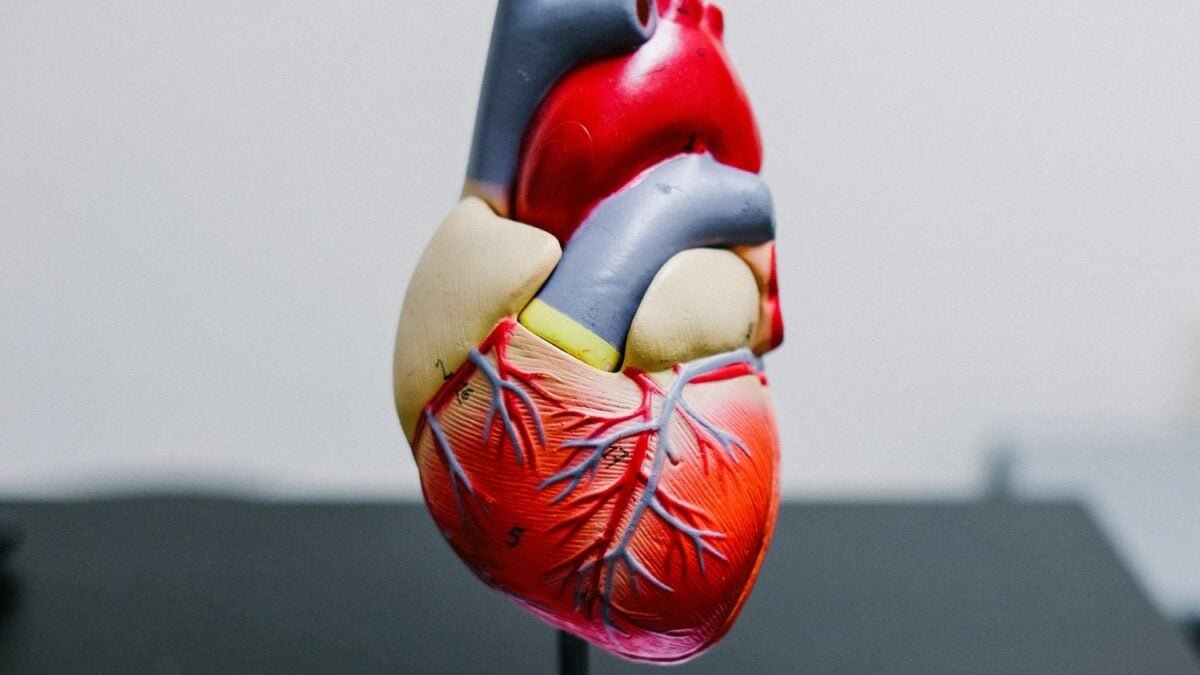A gene reactivated by mRNA offers hope for heart repair post-heart attack.

For decades, medicine has been searching for a way to repair the heart after a heart attack, as damaged cardiac tissue does not naturally regenerate. Now, researchers from the Lewis Katz School of Medicine at Temple University in Philadelphia have taken a crucial step in that direction: they have managed to reactivate a key gene from embryonic development using mRNA technology, the same technology that revolutionized the field.
The discovery opens the door to a completely new approach in modern cardiology. Instead of just slowing down damage or improving circulation, this technique aims to directly regenerate lost muscle, a paradigm shift that could save millions of lives in the future.
### The role of the MSX1 gene and mRNA technology
Researchers identified that a gene known as MSX1, active in early stages of embryonic development and crucial for organ formation, could be reactivated in adults with cardiac damage. This gene normally “turns off” after birth, explaining why the heart loses its ability to regenerate.
The team used synthetic mRNA—a tool capable of delivering genetic information to cells—to rekindle MSX1 in damaged cardiac tissue. Experiments conducted on animal models showed a significant improvement in myocardial regeneration, with reduced scarring tissue and recovery of cardiac function.
### Implications for the future of medicine
The success of this technique goes far beyond the field of cardiology. If confirmed in clinical studies, it could transform the way incurable diseases are addressed. By reactivating dormant genes and stimulating regeneration, the possibility of designing therapies that restore organs to their original repair capacity is opened.
In the specific case of the heart, the impact would be revolutionary: millions of people worldwide survive heart attacks but are left with permanent limitations due to irreversible tissue damage. Being able to reverse this condition would not only increase life expectancy but radically improve the quality of life for patients.
Although the results are promising, scientists emphasize that there is still a long way to go before the technique reaches hospitals. It will be necessary to demonstrate the safety of the therapy in humans, understand its long-term effects, and design protocols that allow for controlled application.
Nevertheless, the research represents a historic step. What sounded like science fiction just a few years ago is now beginning to take shape: a heart that can repair itself after a heart attack.






